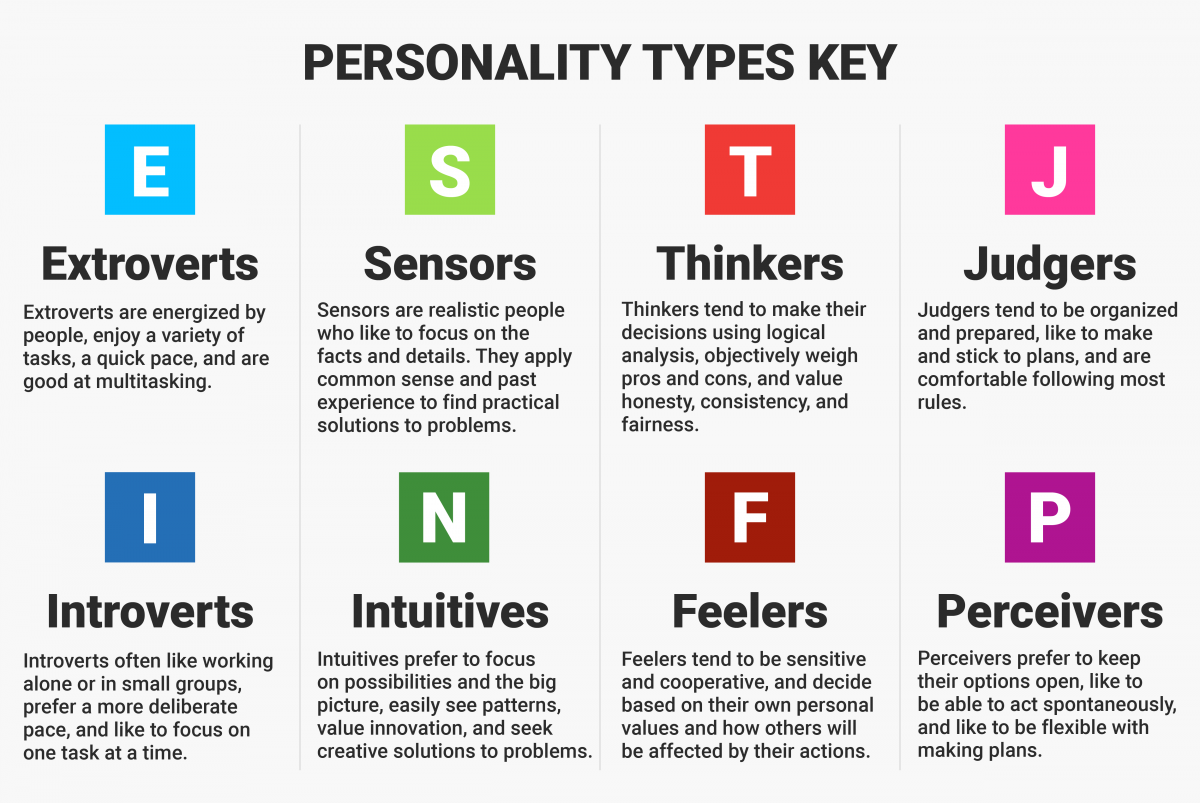
Just How Important is the Foreperson?
The strength of the foreperson cannot be
understated. See Dennis
J. Devine, Jury Decision Making: The State of the Science 155 (2012). Litigating attorneys will
be the first to tell you that a litigant’s entire fate rests with the foreperson. Against the theory of
equality in juror representation and contribution, the foreperson inevitably
speaks the most, steers the conversation, and can often persuade with tactics
and force unmatched by the other jurors. It is no surprise that
the foreperson has more impact on the trial
outcome than the average juror.
What is the Foreperson
Generally Like?
As would be expected with stereotypes, the
foreperson is often white; 4/5 times he is male. The typical foreperson has a high socio-economic
status, has prior jury experience, is educated, middle aged, extroverted,
and familiar with a leadership position. This foreperson will speak articulately, for long
periods of time, and with confidence. Fittingly, (according to
Devine) the foreperson is “the person with the strongest personality.” The average jury
foreperson is someone who is identified as a thinker, who looks for evidence
and a logical explanation, seeks a resolution, and must establish structure.
So What Does This Mean
for Lawyers?
Simple. The typical foreperson is extroverted, familiar with leadership, can speak publicly, is confident, a thinker, logical, needs a resolution, and needs structure. The lawyer needs to be able to spot personality profiles instantaneously to find her likely foreperson. How? Be familiar with and able to spot MBTIs.
Simple. The typical foreperson is extroverted, familiar with leadership, can speak publicly, is confident, a thinker, logical, needs a resolution, and needs structure. The lawyer needs to be able to spot personality profiles instantaneously to find her likely foreperson. How? Be familiar with and able to spot MBTIs.
What is MBTI?
For those who are unfamiliar with the Myers-Briggs Type Indicator, it is a series
of dichotomies that assesses people's personalities based on
responses and preferences that indicate their attitude, means of perception,
analysis, and determination. There are eight attributes: Extroverted (E)
or Introverted (I); Sensing (S) or Intuitive (N); Thinking (T) or Feeling (F);
and Judging (J) or Perceiving (P). Each personality is made up of one of
each dichotomy, leading to a four part view of the person's tendencies. For
instance, if someone classifies as an ENTJ, that means that person is
Extroverted, Intuitive, Thinking, and Judging. Each personality results in a
unique and accurate perspective on how a person makes decisions, how a person
reacts, and their leadership or relationship style (among other things).
What Does This Mean for
MBTI and Representation?
Not coincidentally, the typical jury foreperson
has a distinct type of personality matched with leadership: extroverted, dominant,
in search of a resolution (not a mere solution).
According to the Myers-Briggs Type
Indicator, less than 29% of the population has a
personality that matches the criteria.
Out of the 16 MBTI personalities, half are extroverted. Out of that half, only six
are known as highly dominant and make up less than 29% of
the general population (ESTJ with 8.7% of the population, ESTP with 4.3% of the
population, ENTJ with 1.8%, ENFJ with 2.5%, ENTP with 3.2%, and ENFP with 8.1%). The competing,
dominant types are only 4: ENTJ, ESTJ, ENTP, ESTP. Meaning, the most
domineering and determinative foreperson typically represents part of a mere
19% of the population. Which, theoretically, means that only two out of the
twelve person jury will likely command discussion and steer deliberations.
Who Will Shy Away from the Foreperson?
Those who will let the dominant foreperson
assume power will either allow him to take charge (without complaint) to avoid the burden of speaking and
extroversion, or to avoid conflict in general.
The collaborators, compromisers, and avoiders will
often shrink away from the foreperson: ISTJ, ISFJ, INFJ, ISTP, INFP, INTP, ESFP,
ESFJ, ENFJ, ISFP, INTJ. In other words, the remaining 70% of the jury members
(and general population) will either avoid the duty of foreperson all together
or not brazenly challenge the sitting foreperson for their seat.
Mission of the Jury Members:
- To go
against their personality and automatic tendencies; if dominant, to listen
fully to others and try to minimize dominance; if submissive, to have
the courage to speak even when uncomfortable
- Choose the foreperson that seems best for the job, not just based on dominance or first to speak (“90 percent of forepersons were within twenty statements at the start of deliberation”). “They are often first to speak or the first to mention the need to choose a forepersons,” which shows that they quickly assume leadership roles and seek immediate structure and order. (Devine, 155)
Mission of the Attorney:
- The
ENTJ, ESTJ, ENTP, ESTP are your friends. If they are not your allies, they are
your enemies. Whatever you do, make sure you speak to those individuals
and do not offend, condescend, or tick off these personalities.
- As
jurors are unlikely to forgo their biases and alter their personalities
for jury service alone, find the domineering personality type and make
sure you advocate for your client to those specific jury
members.
- If
that juror is on the panel:
- Make
a connection (do not upset or offend the juror)
- Read
their body language
- Present
your case clearly, logically, and with emphasis on resolution
- Perhaps
in preparation, structure your argument (including language) to appeal to
the logical, dominant, evidence driven personality type.
- Create
a logical, well driven story (see Devine, 185)
- Be wary
of the potential foreperson (specifically) and his/her biases in voir dire.

No comments:
Post a Comment